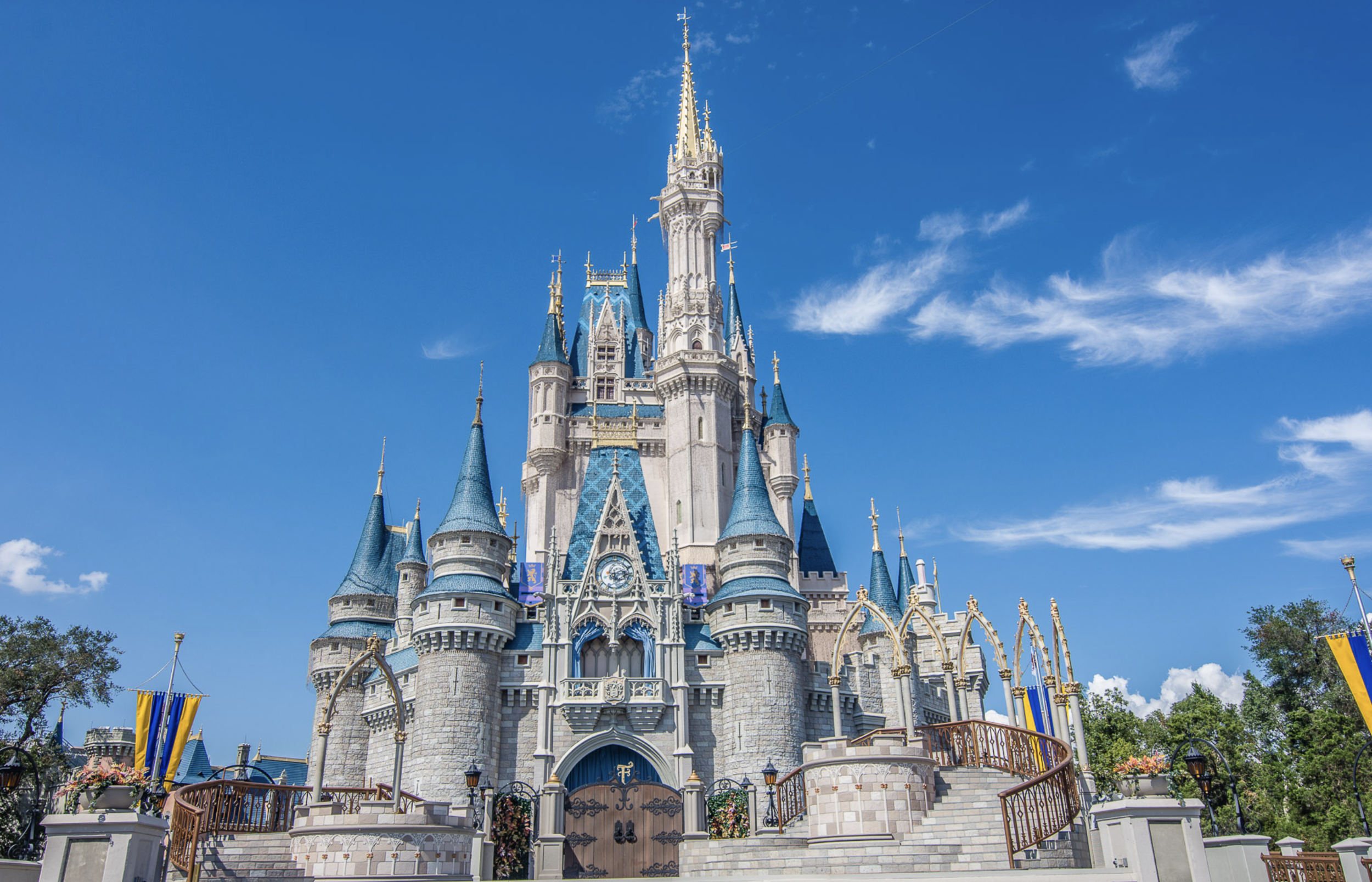Disney Plus Needs ‘More Content For More People,’ Iger Says. Yep.
Disney Plus needs to appeal to broader audiences, with more kinds of content, says a guy who should know, retiring Disney Chairman and former CEO Bob Iger.
Iger, speakingTuesday in one of multiple interview segments that aired on CNBC, made it clear the biggest winner of the first two years of the modern streaming era needs to evolve for the next era if it wants to meet ambitious subscriber goals.
"I think [Disney Plus] needs more volume," Iger said. "And there probably needs to be more dimensionality, meaning, basically, more programming or more content for more people, different demographics. But, [CEO Bob Chapek] is aware of that and is addressing those issues.”
Iger’s comments are particularly notable given his long-time reputation as stalwart defender of Disney’s pristine family-friendly brand. But he has a point, reflecting painful realities facing Disney in both the competitive streaming sector and in the stock market.
Doing “more” shouldn’t be too hard. The company already spends a massive amount on high-end content, some $18.6 billion, according to a new report by Ampere Analysis But a third of that spending goes to the pricey sports rights it has secured for ESPN, ABC, and ESPN Plus. And it’s still spending plenty for shows on ABC, FX, the Disney Channel, Freeform and other broadcast and cable outlets. The share of that spending going to originals on Disney Plus remains a tiny portion of the total.
Netflix, meanwhile, spends around $14 billion on originals, without having to worry about pricey sports rights or legacy outlets. Ampere said Comcast’s many units collectively spend $22.7 billion, though it too has significant sports rights (NFL, Olympics, English Premier League) and lots of legacy operations of its own. In recent SEC filings, the combined Warner Bros. Discovery plans to spend $30 billion a year on content, should its massive merger get approved.
So, yes, Disney can and should start making more unique and compelling content. When it does so – with shows such as The Mandalorian, WandaVision or the current Hawkeye – audiences turn out in droves. It’s just all the non-fascinating self-referential content that fills in between those kinds of shows that proves less compelling.
Adding “dimensionality” to Disney Plus programming could be considerably more fraught for Chapek, however. Disney Plus quickly found lots of audiences for its family-friendly blockbusters from Marvel, Star Wars, Pixar, National Geographic and Disney’s vast animation library.
But turns out there’s a limit to how many people will consistently pony up for Disney Plus’ sharply defined offerings content, especially after working their way through much of its notable library. The challenge for Chapek: moving Disney Plus beyond its glitter-and-Spandex ghetto to a broader array of programming while protecting its prized brand?
One productive initiative has been music programming, like the Billie Eilish “concert experience” Happier Than Ever, the filmed version of Hamilton, High School Musical spinoffs, and Beyonce’ and Taylor Swift “visual albums.”
Disney Plus’ biggest music initiative proved to be one of the year’s most unlikely hits, the three-part, 7.5-hour documentary The Beatles: Get Back. Even for many who are far from being Fab Four obsessives, the Peter Jackson-directed project proved an absorbing watch (though one almost certainly consumed by most over multiple nights).
Not every music project is a fit, however. Just think of the shrieks if Disney Plus carried Todd Haynes’ wonderful exploration of the Velvet Underground, which includes plenty of conversation about the influential underground band’s focus on taboo topics like heroin use and S&M.
More spending will come amid a bonanza of programming expenditures across the industry. The Ampere report estimates worldwide content spending jumped 14% this year, to more than $220 billion. SVOD services like Disney Plus led the way, with a 50 percent jump year over year to nearly $50 billion.
Of the SVOD total, Netflix spent around 30 percent, making one wonder what it will take for everyone else to catch up.
By Ampere’s analysis, Comcast and Disney units each collectively exceed Netflix’s investment in “professional video content” but a third of their content spending went to sports rights. Other spending went to legacy broadcast, satellite and cable operations at both companies.
Ampere is predicting only a modest increase by everybody from 2021 levels, to $230 billion worldwide, driven once again by the SVOD services. This arms war won’t be cheap for anyone trying to build and maintain audience share in 2022.
The real opportunity remains overseas, where most of the potential audiences live, and where dozens of production centers are creating shows for local audiences. Netflix has turned some of those international projects – Squid Game, Lupin and Money Heist leap to mind – into global hits. It’s worth noting none of those hits seems like the sort of show Disney Plus could embrace comfortably.
Perhaps the best option to add dimensionality, then, is to further integration between Disney Plus and label mates ESPN Plus, Hulu, and Hulu’s overseas doppelgänger, Star. Interfaces need to connect viewers on one service with content that’s available, in a clearly demarcated way, on the sister services. You’re seeing some of that with Star, and with the way Hulu Plus Live TV is now incorporated bundle buddies Disney Plus and ESPN+.
If Disney executives hope to restart the Disney Plus rocket, they’ll need to find some more fuel. The company is continuing to Disney reiterate its projections that Disney Plus would have 230 million to 260 million subscribers by 2024 (though Iger specifically declined to comment on that guidance on Tuesday).
That guidance, offered most recently at the Q3 earnings call, came despite nearly flat subscriber adds in the quarter. Investors weren’t happy, sending share prices down nearly a quarter since a September high of $185 a share. Iger’s comments suggest Disney insiders aren’t happy with the state of things either. Chapek has plenty of work ahead.


